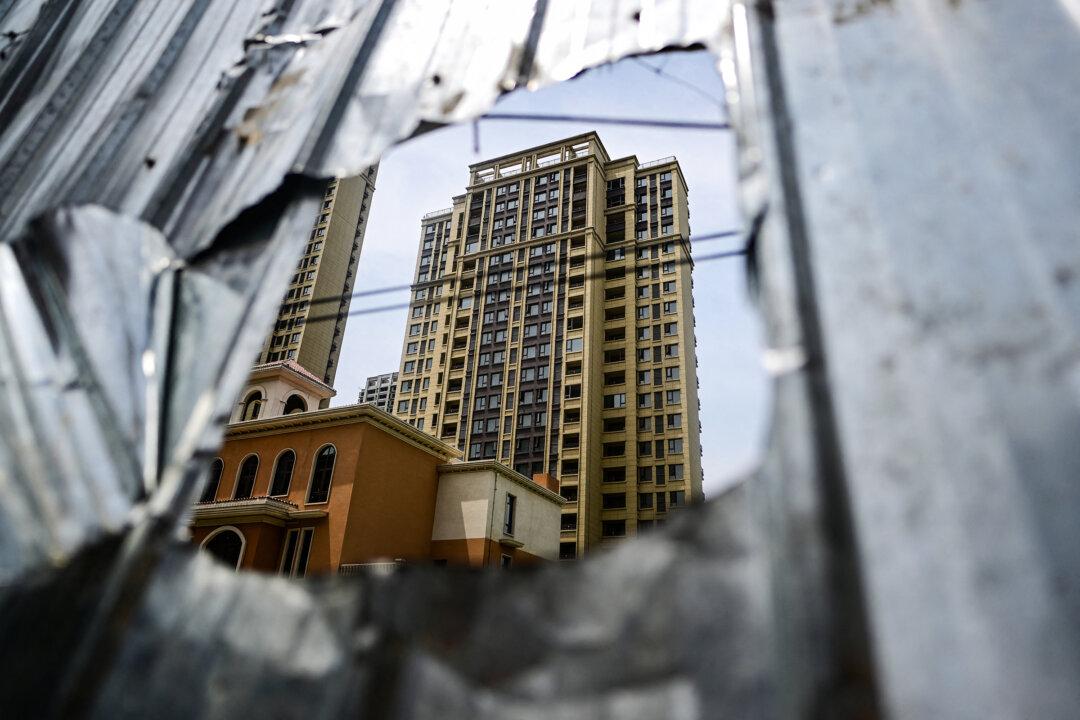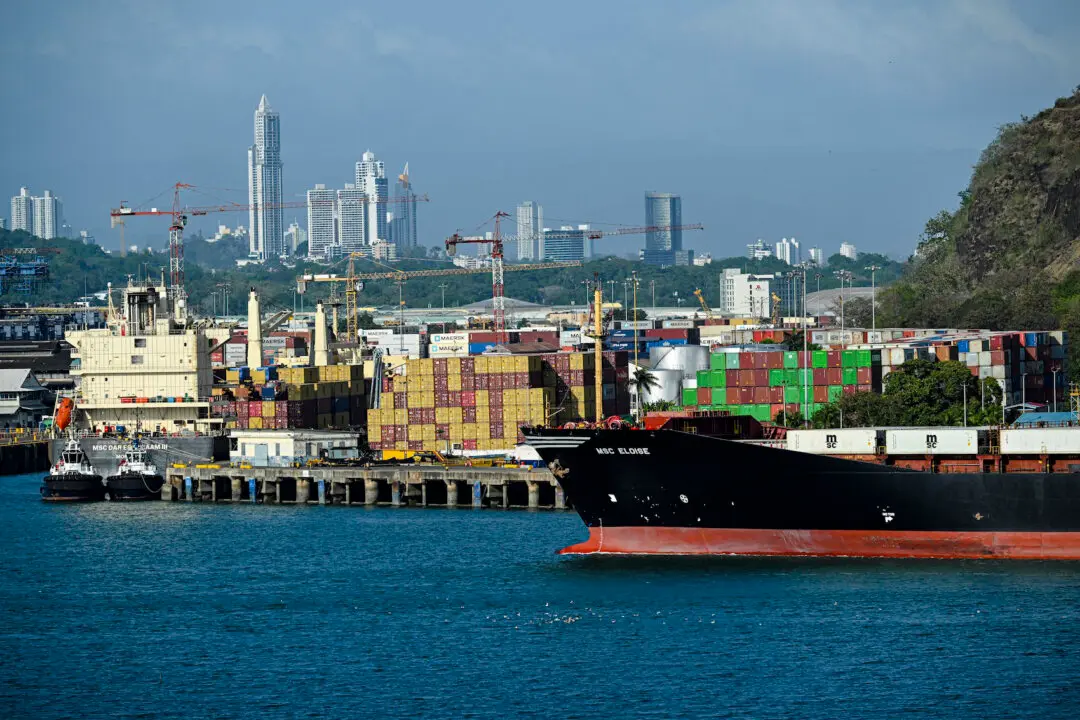China’s outstanding local government debts rose to a record of 40.74 trillion yuan ($5.71 trillion) by the end of 2023, the communist regime’s Ministry of Finance stated on Jan. 30.
Nationwide, local governments issued 9.34 trillion yuan ($1.31 trillion) of new bonds in 2023, a year-over-year increase of 27 percent, data show. Last year, the scale of local borrowing rose to a record, nearly 2 trillion yuan ($280.8 billion) more than in 2022.




